Did you know that 77% of loyalty programs fail within three years?
Customer loyalty programs have become essential for businesses to drive customer engagement and foster long-term relationships. However, common pitfalls of loyalty programs can undermine their effectiveness and performance. In fact, many large brands, including H&M and Old Navy, have faced severe drawbacks due to common mistakes in their loyalty programs.
Loyalty programs are among the most powerful tools to cultivate long-term relationships and customer loyalty. These programs entice customers with enticing rewards, exclusive perks, and personalized experiences, creating a sense of belonging and incentivizing repeat purchases. However, despite their immense potential, loyalty programs can have the opposite effect if not carefully designed and executed. In fact, a staggering 77% of these programs fail within three years, leaving businesses scratching their heads and customers feeling disenchanted.
The world has witnessed some colossal loyalty program failures in recent years, with even retail giants like H&M and Old Navy stumbling into common pitfalls of loyalty programs. Launching and managing a successful loyalty program requires a deep understanding of customer psychology, meticulous planning, and continuous adaptation to evolving market dynamics.
So let’s understand the common mistakes brands make in loyalty programs and how to avoid them.
Why Do Loyalty Programs Fail?
You must be wondering this, too, if you’re experiencing a setback in your loyalty program. But most marketers are so focused on the results that they don’t realize the basic aspects of a successful loyalty program: being customer-centric and adaptable.
Most loyalty programs fail because they are overly transactional. While others fail because of irrelevant rewards. But some loyalty program mistakes can ultimately jeopardize the program’s performance.
Let’s see what they are and how you can overcome them!
Loyalty Program Mistakes to Avoid
Pitfall #1: Lack of Clear Value Proposition
A loyalty program must have a clear value proposition to capture customer interest and engagement. When customers are unsure of the benefits and rewards offered, they may hesitate to participate. Furthermore, if customers don’t get enough value from the program, the chances of retaining them become very low.
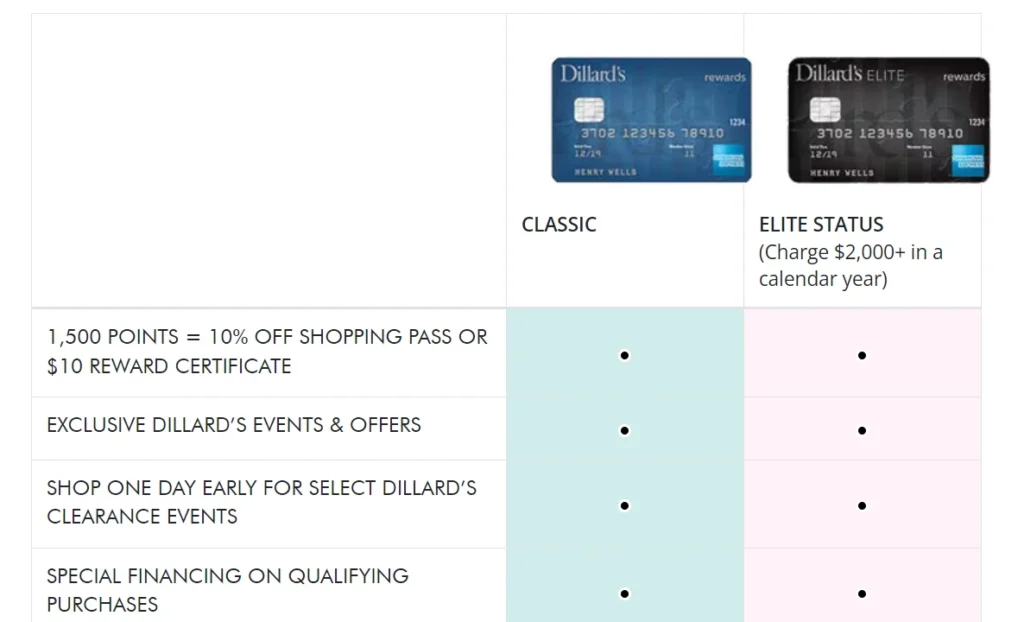
Dillard’s experienced the same. The brand offered 1 reward point for every dollar spent on groceries and gas stations. Many other retailers offer the same reward structure. But with Dillards, customers can only redeem their points after accumulating 1500 points. So, customers have to spend $750 with the brand to enjoy 10% in return. Dillard’s attempt to streamline customer experience ended up reducing its value proposition.
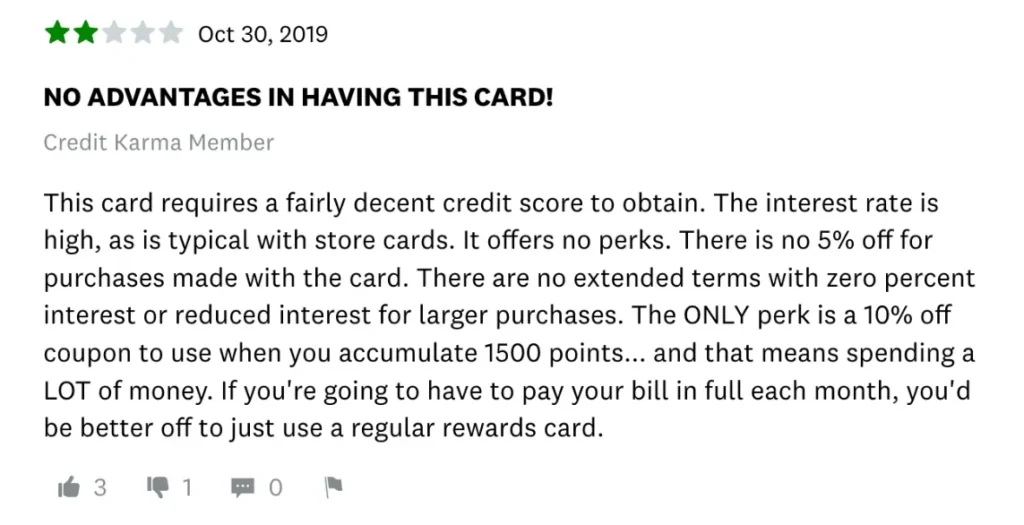
Therefore it is important to communicate the value proposition of your loyalty program clearly. Highlight the exclusive rewards, personalized experiences, discounts, and other incentives customers can expect. Tailor your messaging to address your target audience’s pain points and desires, making it compelling and relevant.
Pitfall #2: Complex and Confusing Program Structure
Customers prefer a simple and convenient loyalty experience. A loyalty program with complex rules and complicated program structures can lead to customer confusion and frustration. If the earning and redemption processes are not straightforward, customers may lose interest or abandon the program altogether.
Let’s take the example of Old Navy. The popular brand revamped its loyalty program in 2021 to enhance customer experience. But in doing so, they complicated the program structure. Instead of offering different rewards to different customer segments, Old Navy made most rewards available to free program members and card-holding members.
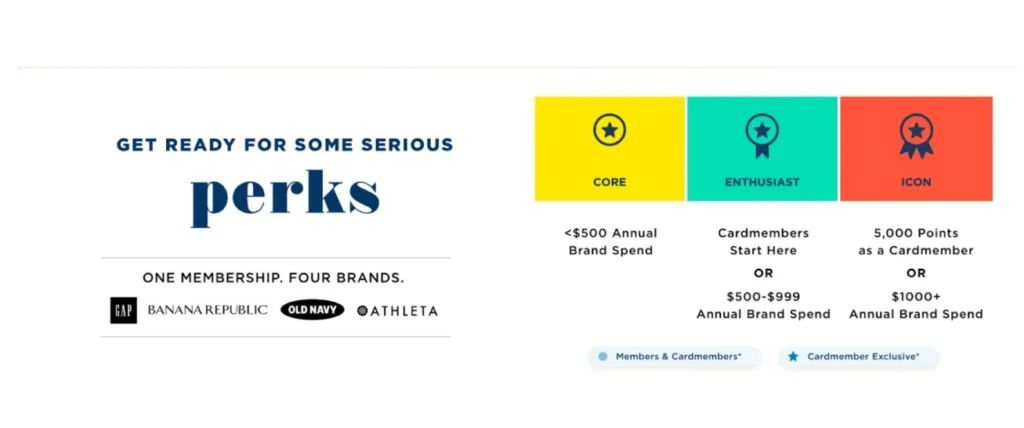
To avoid this, simplify your loyalty program structure. For example, streamline the earning and redemption processes, and make it easy for customers to understand how they can accumulate points and redeem rewards. For example, you can use clear and concise communication to guide customers through the program journey and provide an intuitive user interface.
Pitfall #3: Inadequate Personalization
A lack of personalization in a loyalty program makes customers feel like just another number, diminishing their enthusiasm and loyalty. Likewise, generic offers and rewards that do not align with individual preferences and behaviors can result in disengagement. Investing in data analysis and segmentation can help you create customer profiles based on preferences.
You can, then, deliver personalized experiences, offers, and recommendations based on each customer profile. Furthermore, use data-driven marketing automation tools to send targeted communications that resonate with each customer’s preferences and past interactions.
Pitfall #4: Insufficient Communication and Engagement
Loyalty programs that fail to communicate regularly with its members often lead to a lack of engagement and reduced program activity. For example, neglecting to inform members about new rewards, promotions, or program updates can result in missed opportunities for engagement. To avoid this, establish a comprehensive communication strategy.
Use multiple channels, such as email, SMS, social media, and in-app notifications, to keep members informed and engaged. Regularly communicate program updates and offers rewards to maintain top-of-mind awareness and drive ongoing participation.
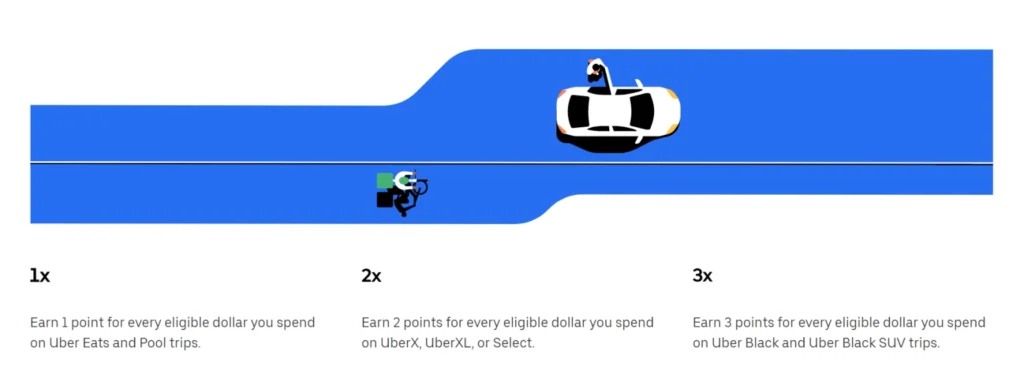
Furthermore, you should ensure that your promotions are on brand and effectively convey what’s being offered. Let’s take Uber Rewards, for example. Uber is available in over 80 countries. But its loyalty program is only available in 6. Where Uber went wrong with its program is communication. The brand consistently advertised its loyalty program globally. In addition, Uber failed to mention that the rewards will not be redeemable internationally in its policies.
Pitfall #5: Failure to Measure and Optimize
A loyalty program that lacks proper tracking and optimization measures cannot maximize its potential. Monitoring key metrics and analyzing program performance is necessary to identify areas of improvement and make informed decisions. Therefore, brands should establish a robust measurement and optimization framework.
Furthermore, you should identify relevant loyalty program metrics, such as enrollment rate, active member rate, redemption rate, average order value, and customer lifetime value. Then, regularly analyze these metrics and leverage data insights to identify trends, make program enhancements, and tailor strategies to boost performance.
Sephora – The brand that’s doing loyalty right
Sephora’s Beauty Insider loyalty program is among the most popular loyalty programs, and that has only been achieved because the brand successfully overcame the pitfalls mentioned above.
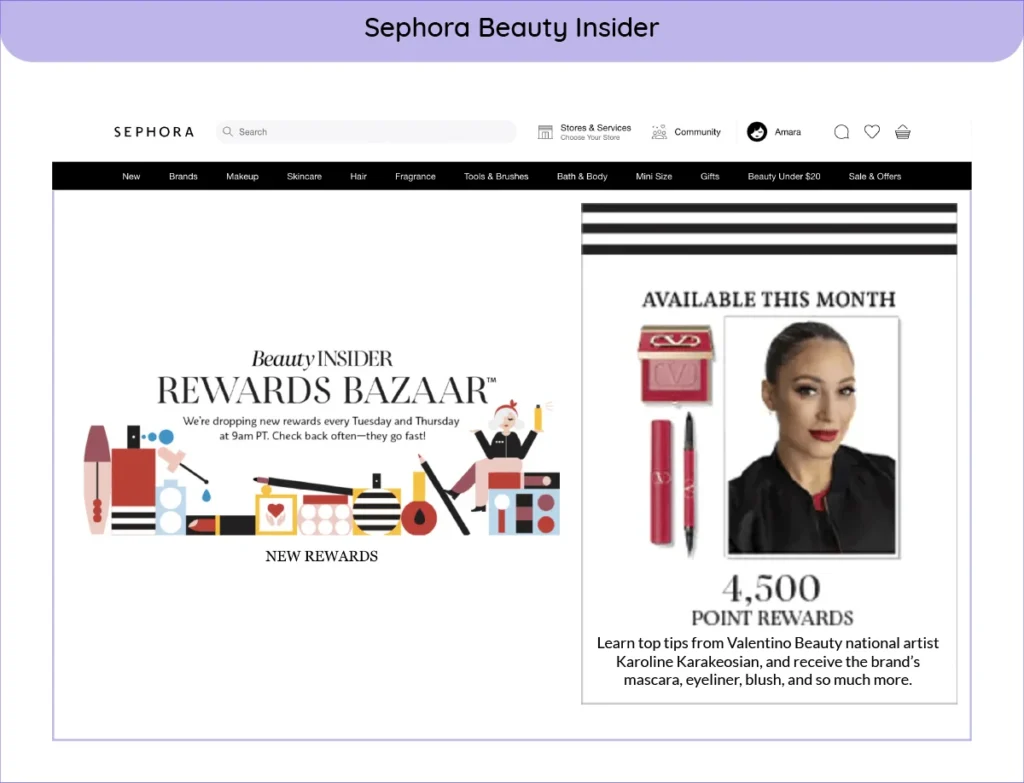
1. Clear Value Proposition: Sephora’s Beauty Insider program offers tangible benefits, including points that can be redeemed for rewards, exclusive products, deluxe samples, and special event access.
2. Simplistic Program Structure: Sephora simplified the program structure with three membership tiers (Beauty Insider, VIB, and Rouge), each offering escalating benefits and rewards.
3. Personalization: Sephora gathers extensive customer data to provide personalized product recommendations, customized offers, and tailored beauty tips through their app and website.
4. Proactive Communication and Engagement: Sephora actively engages with members through personalized emails, push notifications, SMS alerts, and their app, providing information on new products, offers, and events.
5. Regular Monitoring and Program Optimization: Sephora tracks metrics such as member acquisition, retention rates, and customer lifetime value. They continuously test and refine the program based on customer feedback and industry trends.
By effectively addressing these pitfalls, Sephora’s loyalty program, Beauty Insider, has become a successful example in driving customer loyalty and satisfaction in the beauty industry.
Conclusion
Avoiding common loyalty program pitfalls is crucial for the success and effectiveness of your program. By addressing issues related to value proposition, program structure, personalization, communication, and measurement, you can overcome these challenges and create a loyalty program that captivates and retains customers.
A well-executed and customer-centric loyalty program can transform your business, fostering brand advocacy and customer allegiance. By steering clear of these pitfalls, you can cultivate a devoted customer base that will drive sustainable growth and prosperity for your enterprise.


